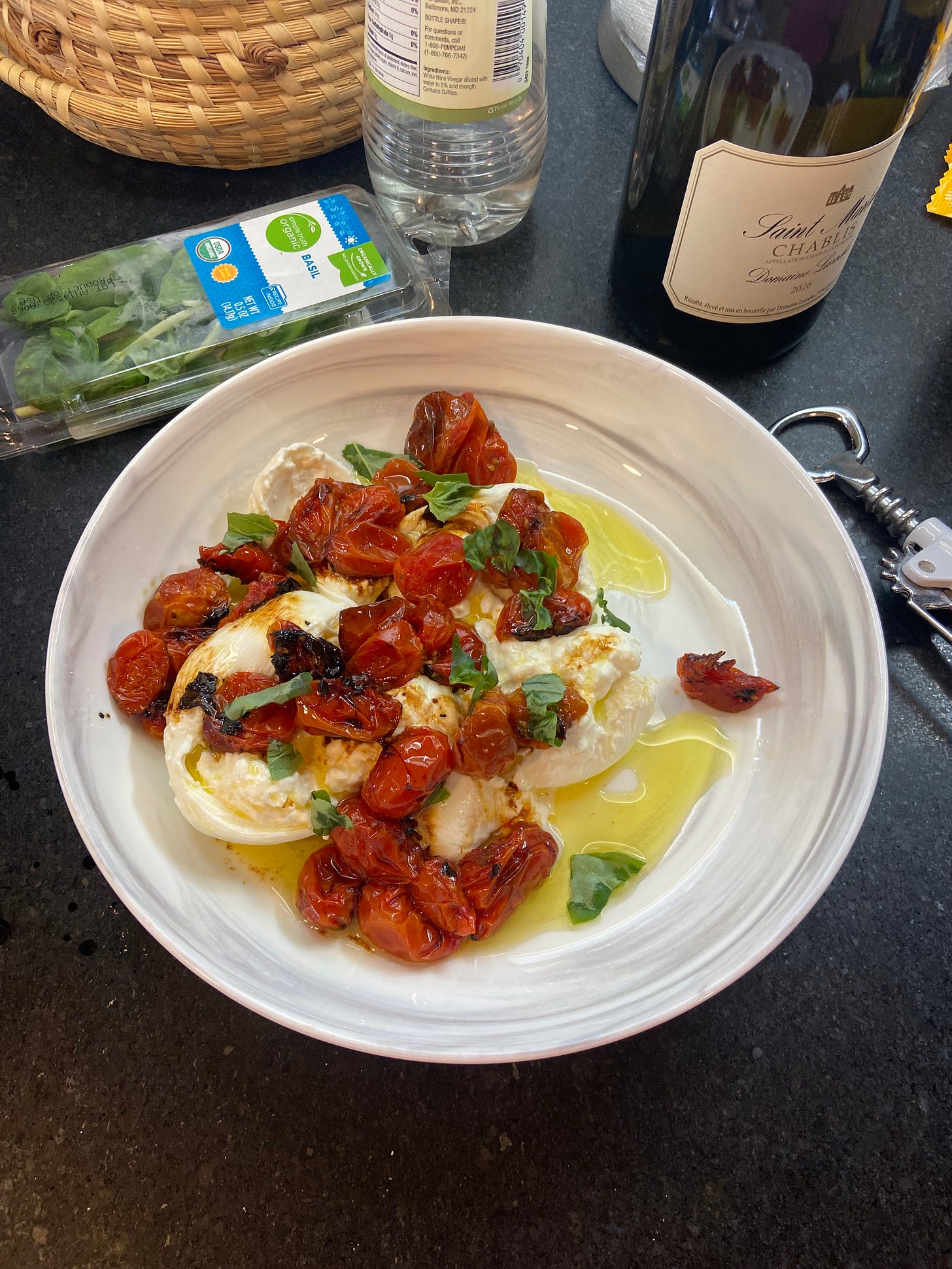Good morning eaters and readers. Today’s newsletter is brought to you by the above winter caprese and the reminder (yet again!) that you’re all sleeping on off-season grape tomatoes. When tossed with olive oil, salt and pepper, and roasted at 350°F for about a half hour, the tomatoes become just the right concentrated charry-jammy wonder to pair with cr…
© 2025 Jenny Rosenstrach
Substack is the home for great culture





